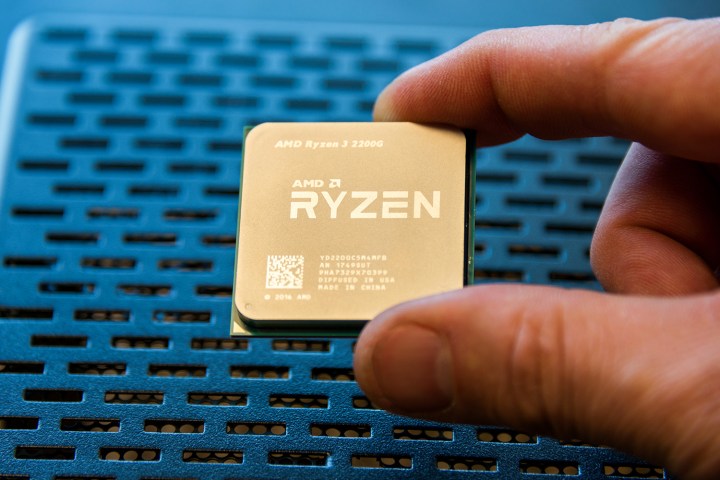
AMD on Monday, April 8, announced the availability of second-generation Ryzen Pro and Athlon Pro mobile processors with Radeon Vega graphics. The series of four new processors will be powering commercial notebooks from HP and Lenovo later this year, and promise to deliver increased reliability, power efficiency, and security features.
All four of the new processors are built on the 12-nanometer process and set out to deliver up to 16% more multi-threading performance in laptops when compared to the Intel Core i7-7600U processor. The new offerings include the Ryzen 7 Pro 3700U, Ryzen 5 Pro 3500U, Ryzen 4 Pro 3300U, and Athlon Pro 300U. All feature a thermal design that enables 15 watts, which make the chipsets perfect for thin, light, and convertible Windows 10 devices.
Importantly, the new AMD Ryzen Pro mobile processors also promise to deliver up to 12 hours of battery life in laptops in general office use, and 10 hours of video playback. AMD also promises the processors are 14% faster than the Intel Core i7-8650U for content creation for tasks like 3D modeling and video editing. AMD’s security co-processor is built into the silicon on all of these processors and it supports full memory encryption as a standard feature in order to prevent cold boot attacks on PCs.
The most powerful of the processors — likely for high-end laptops — is the four-core and eight-thread Ryzen 7 Pro 3700U. It comes with 10 GPU cores, a maximum GPU frequency of 1,400 MHz, a boost operation of 4.0 GHz, and a 6MB L2+L3 cache. Falling under that is the four-core eight-thread Ryzen 5 Pro 3500U, with its eight GPU cores, 1,200 MHz maximum GPU frequency, a boost of 3.7 GHz, and the same 6MB L2+L3 cache. There’s then the four-core and four-thread Ryzen 3 PRO 3300U. It comes in with 6 GPU cores, a maximum GPU frequency of 1,200 MHz, a boost of 2.5 GHz, and a 6MB L2+L3 Cache.
The least powerful of the four processors is the Athlon Pro 300U. It comes in with two cores and eight threads, three GPU cores, 1,000 MHz frequency, a boost of 3.3 GHz, and a 5MB L2+L3 cache. It is likely that this chipset could power cheaper laptops from HP or Lenovo in 2019.



